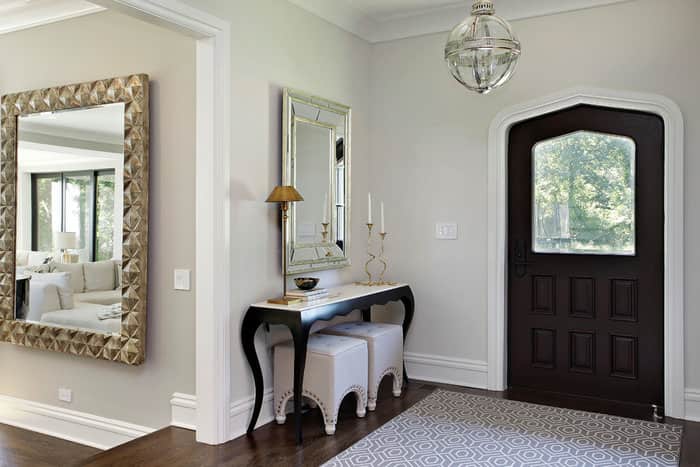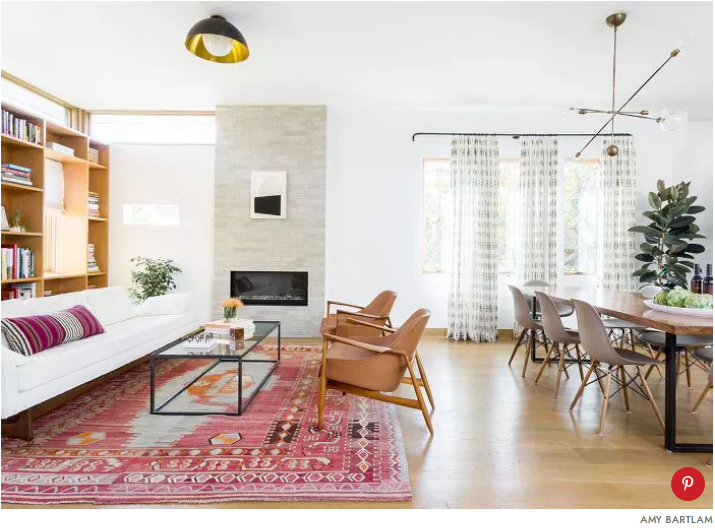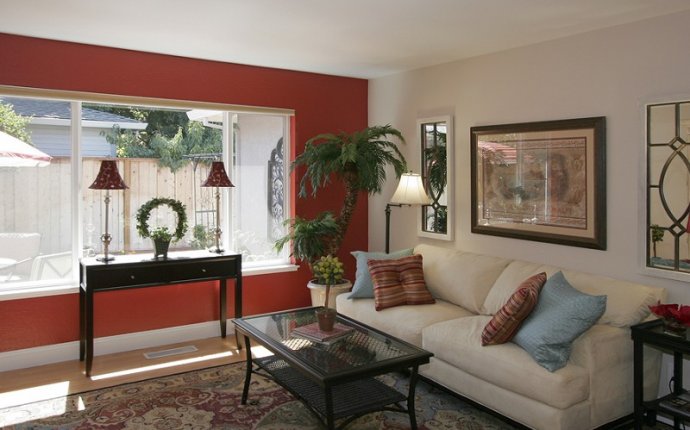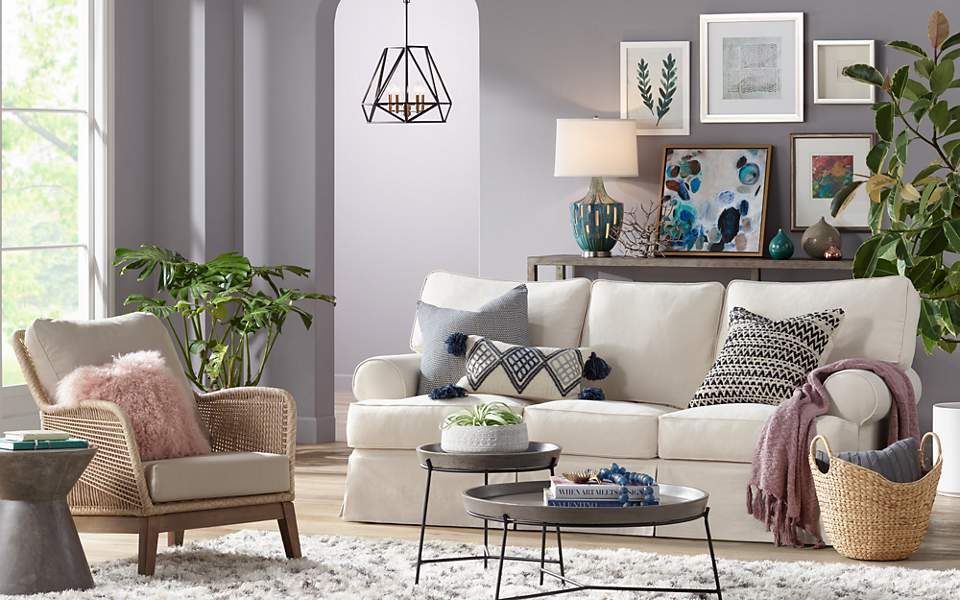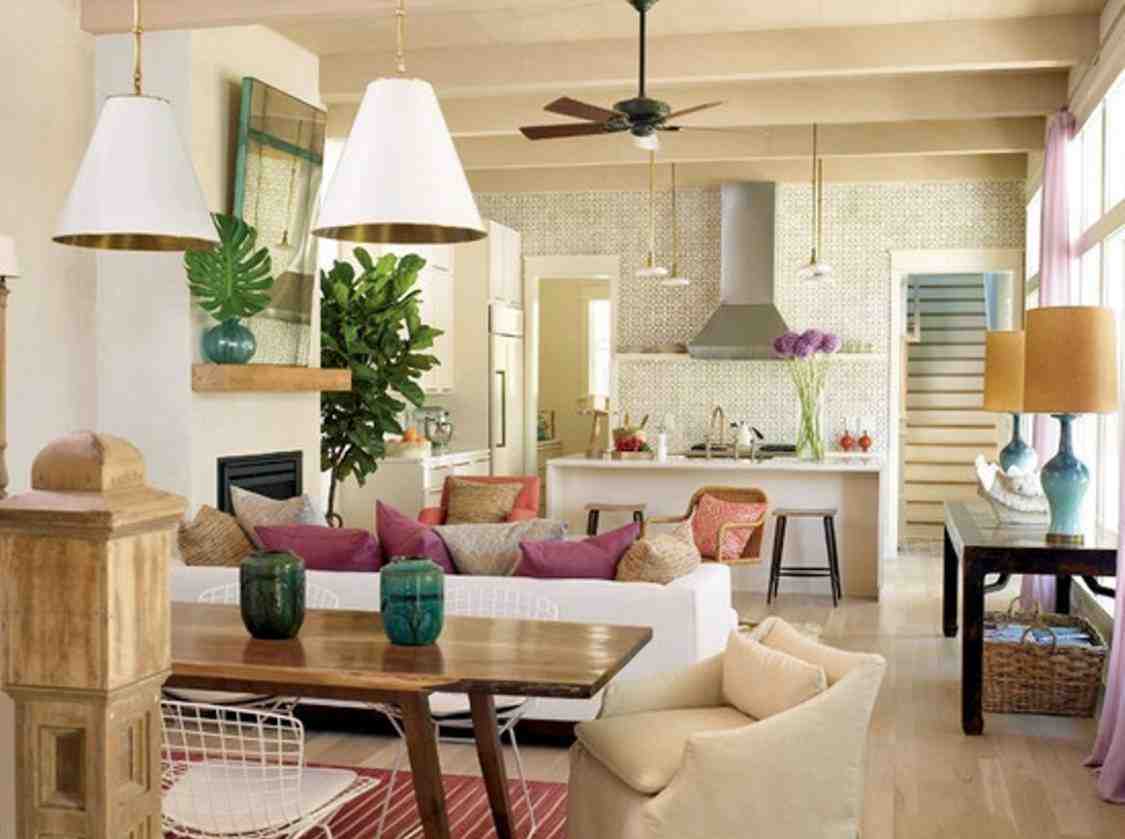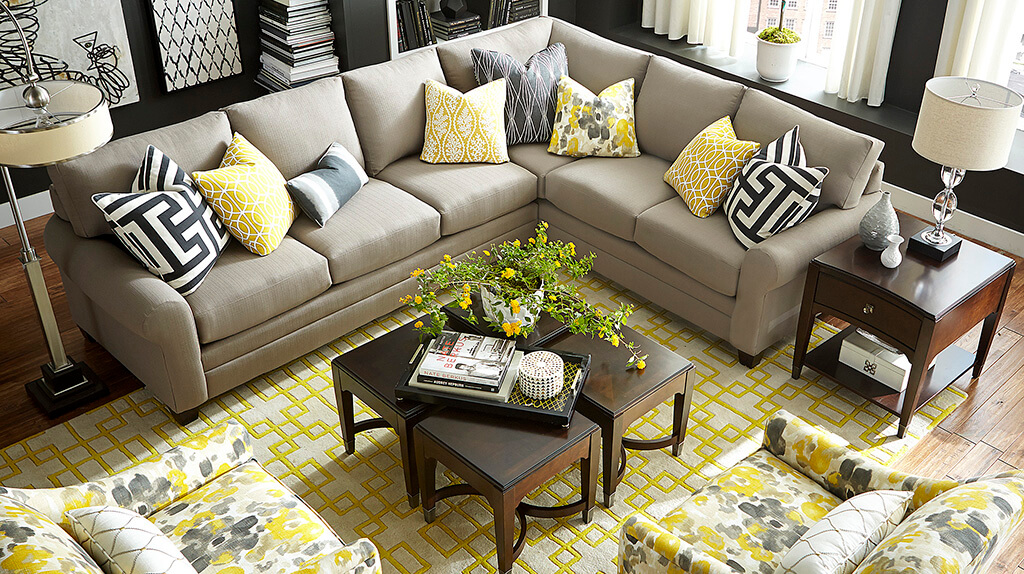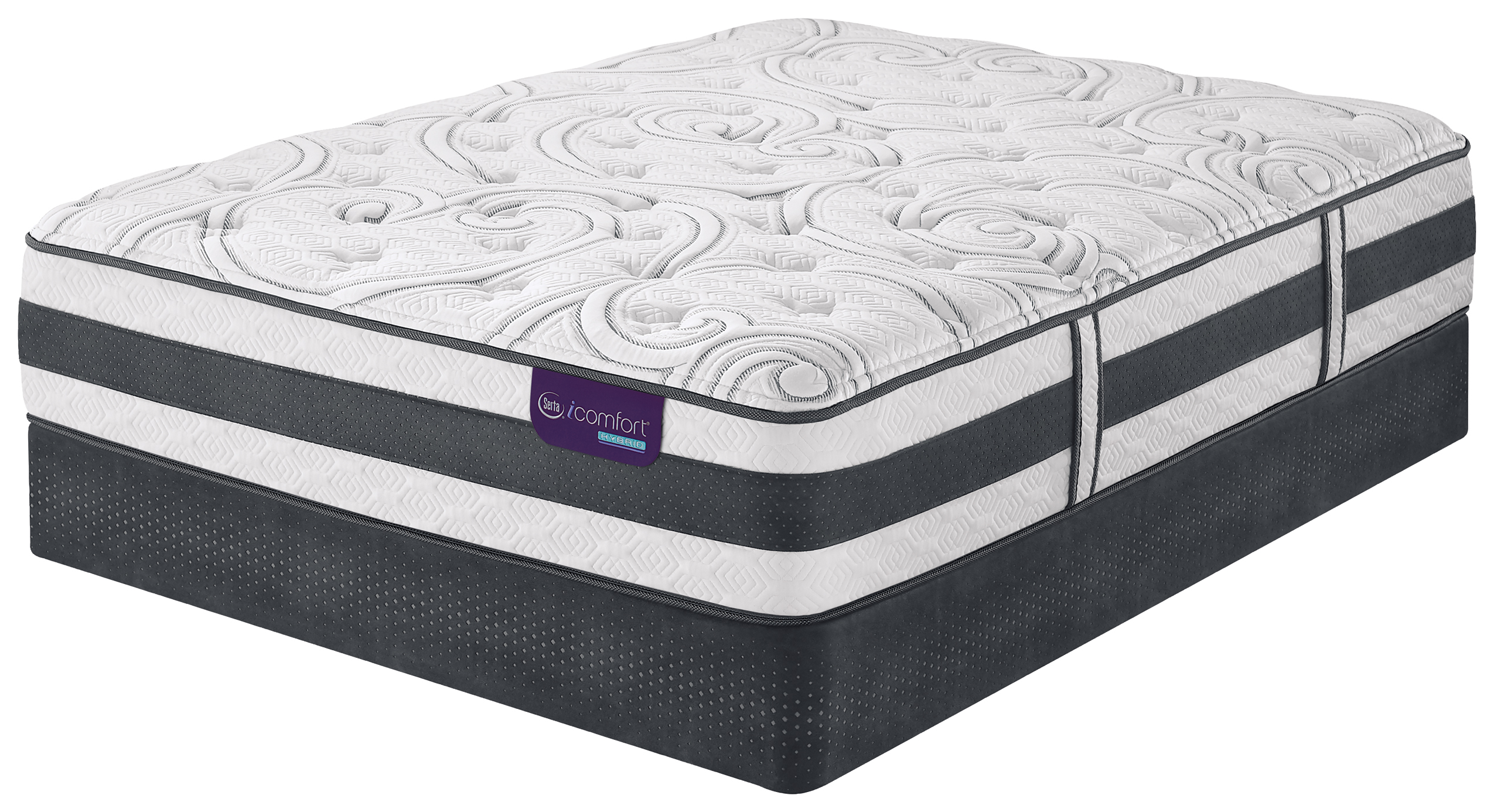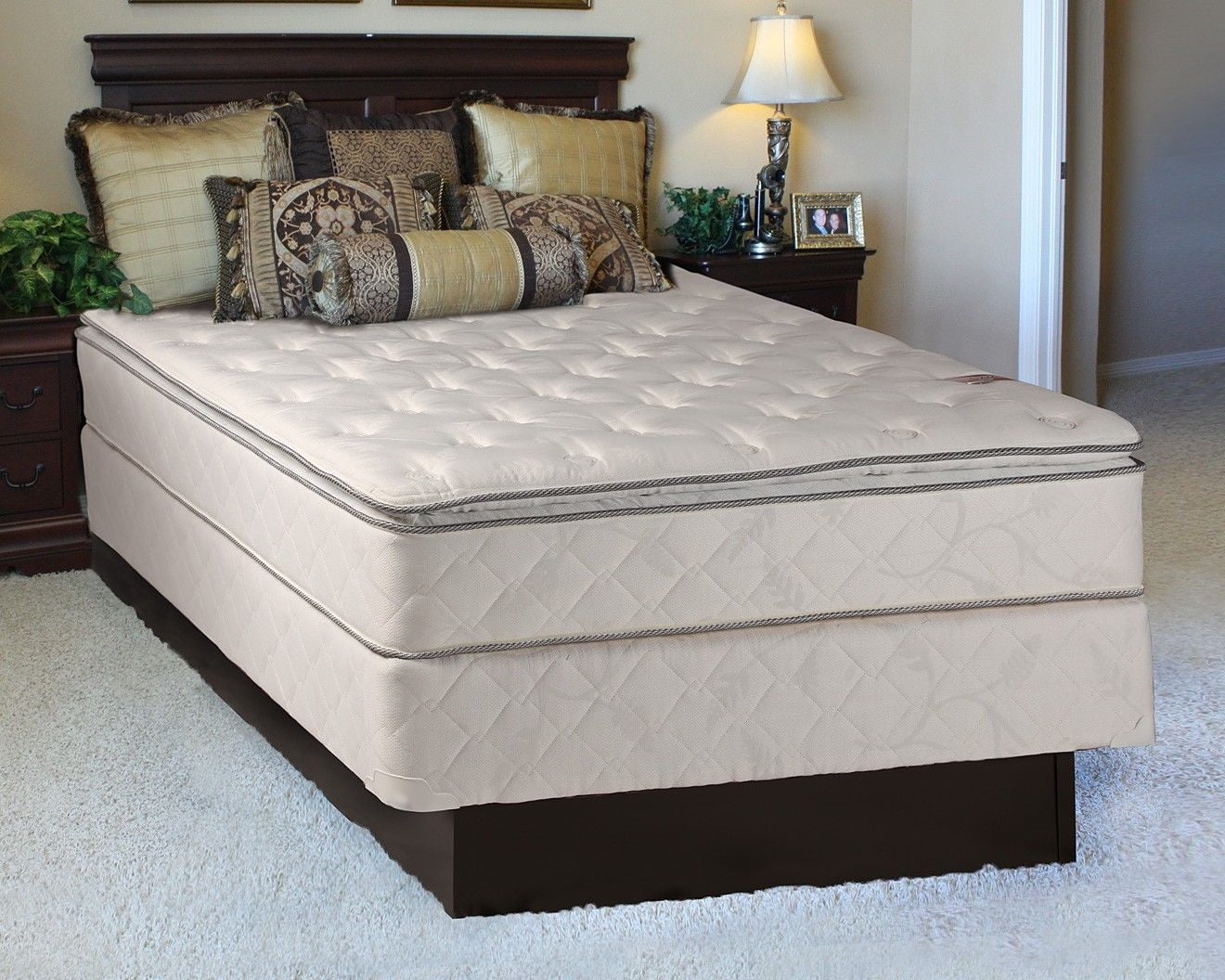Feng Shui Living Room Tips
Feng Shui, the Chinese practice of harmonizing energy in a space, is becoming increasingly popular in Western homes. And one of the most important areas to implement good Feng Shui is in the living room. Not only is this room a central gathering place for family and friends, but it also sets the tone for the rest of the house. So, if you want to create a space that is both aesthetically pleasing and energetically balanced, here are 10 Feng Shui living room tips to get you started.
How to Create Good Feng Shui in Your Living Room
Before diving into the specifics, it's important to understand the key principles of good Feng Shui in a living room. First and foremost, the energy flow, or chi, should be free and unobstructed. This means avoiding clutter and arranging furniture in a way that allows for easy movement and circulation. Additionally, the five elements of Feng Shui (wood, fire, earth, metal, and water) should be balanced in the space. With these principles in mind, let's explore some specific tips for a good Feng Shui living room.
Feng Shui Living Room Layout
The layout of your living room is crucial to creating good Feng Shui. One of the main principles is to have a clear view of the entrance from the main seating area. This signifies a welcoming and open energy flow. Additionally, avoid placing furniture in a way that blocks windows or doorways. This can disrupt the natural flow of energy and create a feeling of stagnation.
Best Colors for a Feng Shui Living Room
Color is an important aspect of Feng Shui. Each color represents one of the five elements and can have a different effect on the energy of a room. For a living room, it's best to stick to calming and neutral colors, such as beige, light blue, or soft green. These colors promote relaxation and create a peaceful atmosphere.
Feng Shui Living Room Furniture
When it comes to furniture, it's important to choose pieces that are both functional and visually appealing. Avoid sharp edges and harsh lines, as these can create negative energy. Instead, opt for rounded or curved furniture, which promotes a sense of balance and harmony. Also, be mindful of the materials used. Natural materials, like wood and bamboo, are preferred in Feng Shui as they represent the element of earth.
Feng Shui Living Room Plants
Plants are a great way to bring in the element of wood and add life to a living room. However, it's important to choose plants that are easy to maintain and healthy. Dead or dying plants can create stagnant energy. It's also best to avoid spiky or thorny plants, as these can create negative energy in the space.
Feng Shui Living Room Decor
When it comes to decor, less is more in Feng Shui. Too many decorative items can create clutter and disrupt the flow of energy. Stick to a few meaningful pieces that bring joy and have a purpose in the space. Also, be mindful of the placement of decor items. For example, a family photo should be placed in the family area of the living room, while a piece of art that evokes a sense of calm should be placed in the relaxation area.
Feng Shui Living Room Mirror Placement
Mirrors are often used in Feng Shui to reflect and expand energy in a space. In a living room, it's best to place a mirror on a wall facing the main entrance. This allows for the energy to flow freely and creates a feeling of spaciousness. Avoid placing a mirror directly across from another mirror, as this can create a never-ending reflection that can be overwhelming.
Feng Shui Living Room Lighting
Lighting is an important aspect of Feng Shui, as it represents the element of fire. Natural lighting is preferred, so make sure to keep windows unobstructed. If natural lighting is not an option, use soft, warm lighting to create a cozy and inviting atmosphere. Avoid harsh or bright lights, as these can create a feeling of tension and disrupt the energy flow in the room.
Feng Shui Living Room Arrangement
The arrangement of furniture in a living room can greatly impact the energy flow. It's best to avoid placing furniture in a straight line, as this creates a stagnant energy flow. Instead, arrange furniture in a way that promotes conversation and connection. For example, placing chairs at an angle towards each other can encourage interaction and create a welcoming atmosphere.
Maximizing Space in Your Good Feng Shui Living Room

Creating a Sense of Flow
 When it comes to good feng shui in your living room, one of the key principles to keep in mind is creating a sense of flow. This means ensuring that there is enough space for energy to circulate freely throughout the room. To achieve this, it is important to arrange your furniture in a way that allows for easy movement and avoids cluttered or blocked pathways.
Furniture placement
is crucial in feng shui, as it can greatly impact the energy flow in a space. Consider the
main keyword
of your living room and arrange the furniture in a way that allows for easy conversation and movement. This will not only create a harmonious and inviting atmosphere, but it will also enhance the flow of
positive energy
in your living room.
When it comes to good feng shui in your living room, one of the key principles to keep in mind is creating a sense of flow. This means ensuring that there is enough space for energy to circulate freely throughout the room. To achieve this, it is important to arrange your furniture in a way that allows for easy movement and avoids cluttered or blocked pathways.
Furniture placement
is crucial in feng shui, as it can greatly impact the energy flow in a space. Consider the
main keyword
of your living room and arrange the furniture in a way that allows for easy conversation and movement. This will not only create a harmonious and inviting atmosphere, but it will also enhance the flow of
positive energy
in your living room.
Optimizing Natural Light
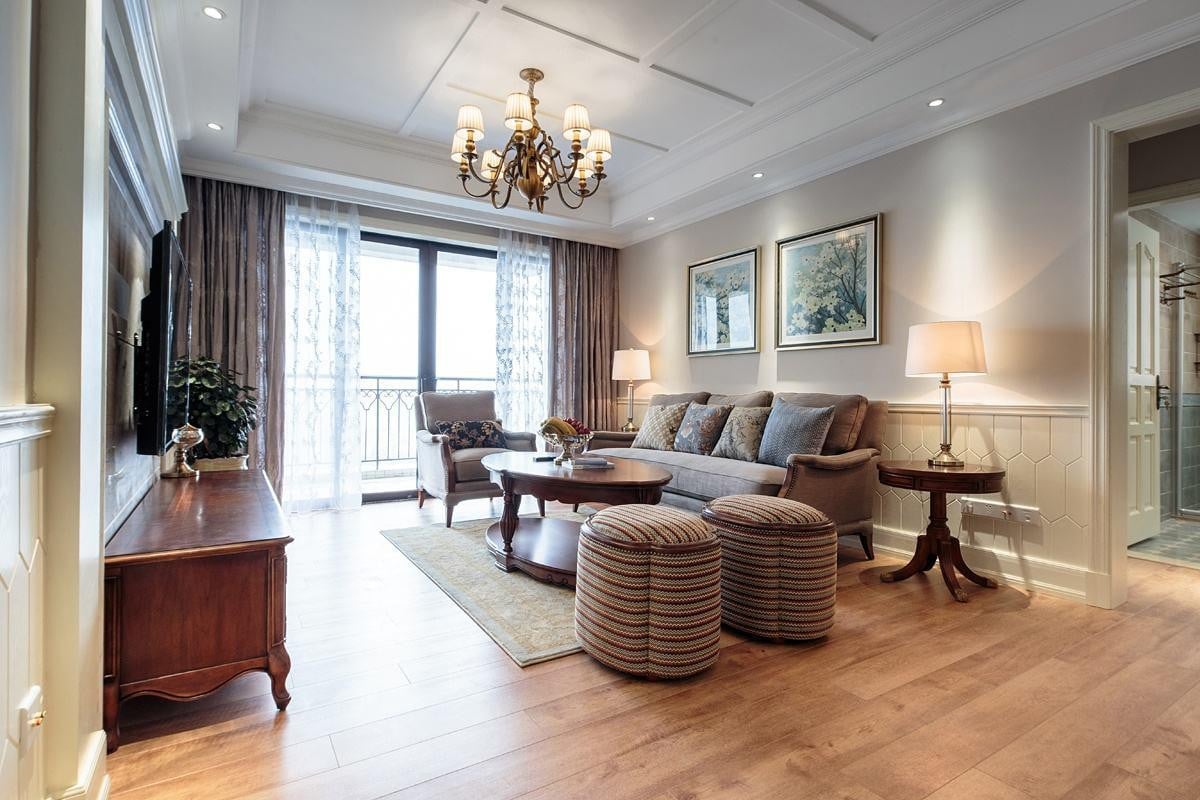 Another important aspect of good feng shui in your living room is
lighting
. Natural light is considered the best source of
energy
in feng shui, so it is important to make the most of it in your living room.
Maximize
natural light by keeping windows clean and unobstructed, and using light-colored curtains or blinds that allow light to filter in. If your living room does not have much natural light, consider adding
mirrors
strategically to reflect and amplify the light. Artificial lighting is also important in feng shui, so make sure to have a mix of
ambient
, task, and
accent lighting
to create a balanced and
harmonious
atmosphere.
Another important aspect of good feng shui in your living room is
lighting
. Natural light is considered the best source of
energy
in feng shui, so it is important to make the most of it in your living room.
Maximize
natural light by keeping windows clean and unobstructed, and using light-colored curtains or blinds that allow light to filter in. If your living room does not have much natural light, consider adding
mirrors
strategically to reflect and amplify the light. Artificial lighting is also important in feng shui, so make sure to have a mix of
ambient
, task, and
accent lighting
to create a balanced and
harmonious
atmosphere.
Incorporating Natural Elements
 In feng shui, the
five elements
of nature (wood, fire, earth, metal, and water) play a crucial role in balancing and enhancing the energy in a space. Incorporating these elements into your living room design can have a positive impact on the overall
balance and harmony
in the room. For example, you can add a wooden coffee table, a
lush
indoor plant, or a water feature to bring in the
wood, earth, and water
elements. To represent the
fire
element, you can add
red
or
orange
accents, such as throw pillows or artwork. And for the
metal
element, you can incorporate metallic
decor
pieces or
crystals
to enhance the energy flow in your living room.
In conclusion, creating a good feng shui living room is all about
balance
,
harmony
, and
energy flow
. By incorporating these principles and tips, you can create a space that not only looks aesthetically pleasing, but also feels
peaceful
and
inviting
. Remember to keep an open and
intentional
mindset while designing your living room, and you will see the positive effects of good feng shui in your home.
Take the first step
towards a harmonious living room by following these tips and watch as your space transforms into a
positive
and
energetic
haven.
In feng shui, the
five elements
of nature (wood, fire, earth, metal, and water) play a crucial role in balancing and enhancing the energy in a space. Incorporating these elements into your living room design can have a positive impact on the overall
balance and harmony
in the room. For example, you can add a wooden coffee table, a
lush
indoor plant, or a water feature to bring in the
wood, earth, and water
elements. To represent the
fire
element, you can add
red
or
orange
accents, such as throw pillows or artwork. And for the
metal
element, you can incorporate metallic
decor
pieces or
crystals
to enhance the energy flow in your living room.
In conclusion, creating a good feng shui living room is all about
balance
,
harmony
, and
energy flow
. By incorporating these principles and tips, you can create a space that not only looks aesthetically pleasing, but also feels
peaceful
and
inviting
. Remember to keep an open and
intentional
mindset while designing your living room, and you will see the positive effects of good feng shui in your home.
Take the first step
towards a harmonious living room by following these tips and watch as your space transforms into a
positive
and
energetic
haven.



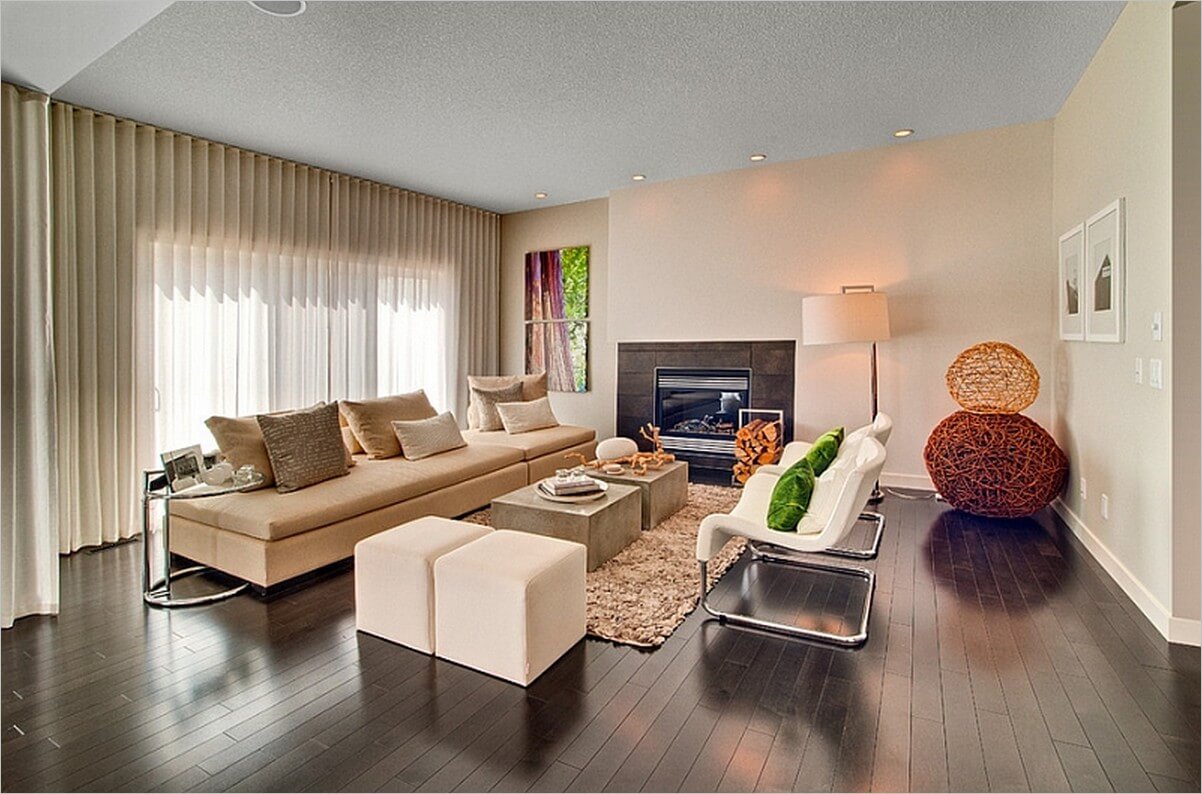
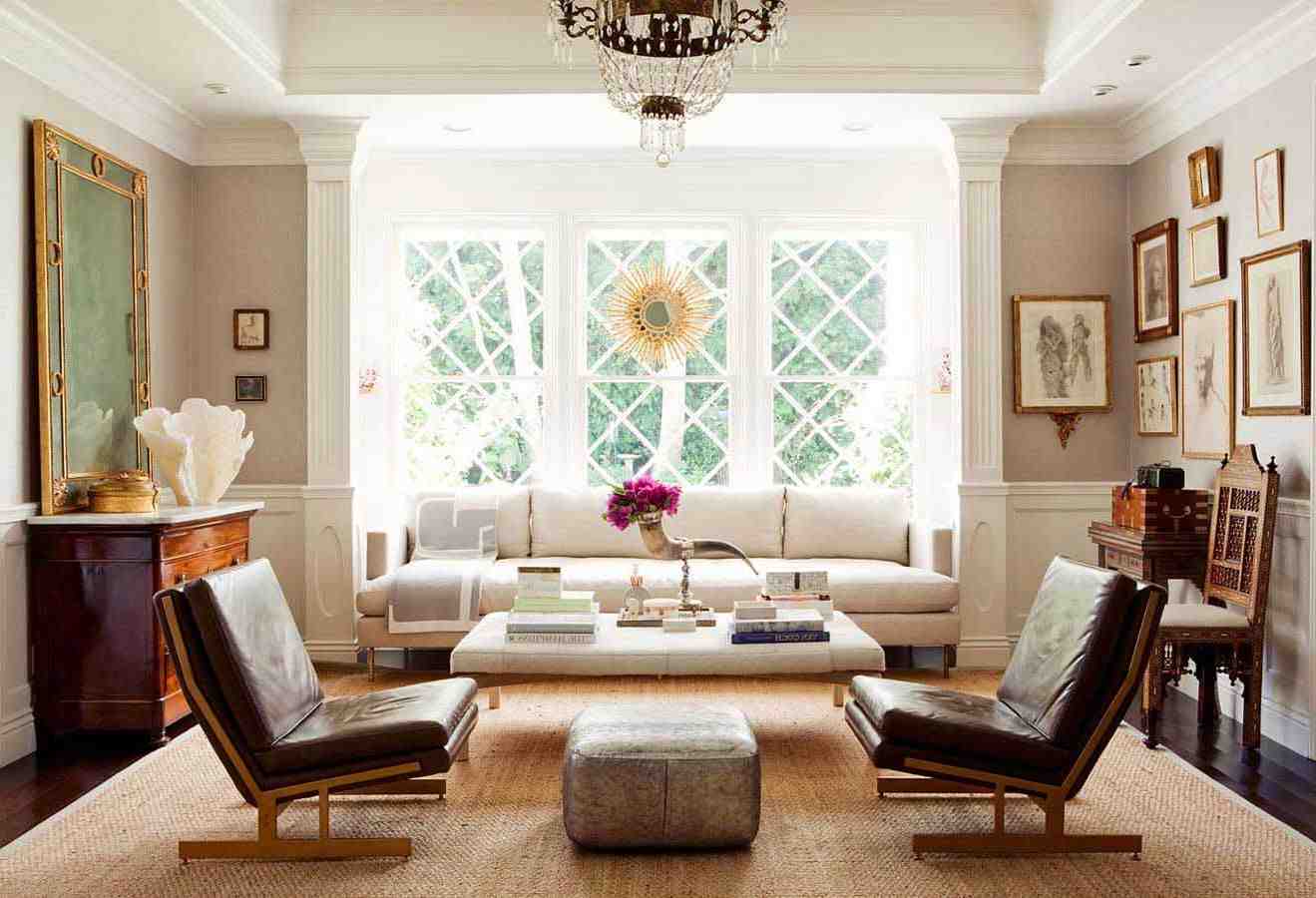
:max_bytes(150000):strip_icc()/GettyImages-642242204-9bc00f4474f040908f0286b3f2764f95.jpg)
/GettyImages-1030845464-d9bf0a6179ff4601971a1ab963607969.jpg)
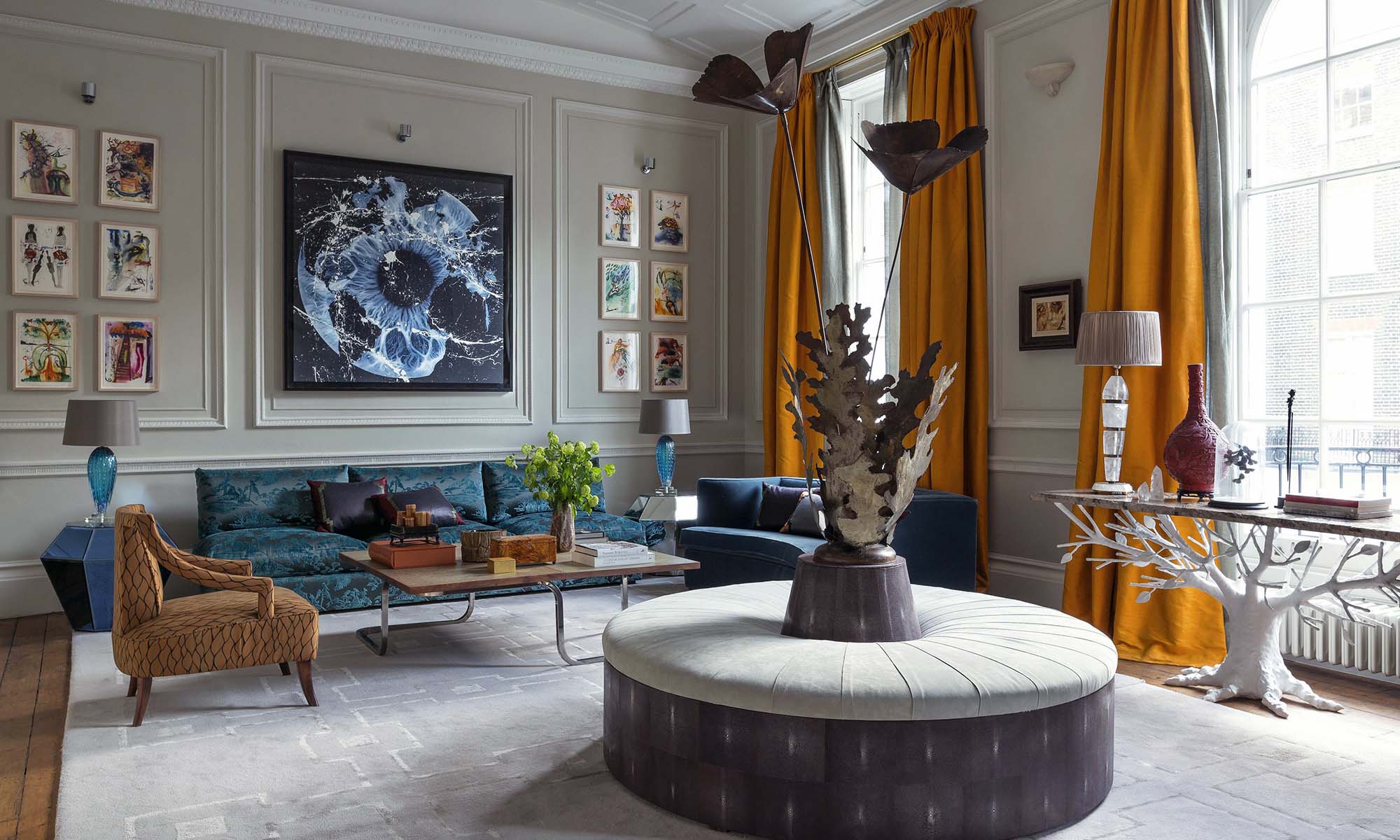






:max_bytes(150000):strip_icc()/tips-for-a-bed-aligned-with-the-door-1274764_V7-a51033100e99493fa59d12f522411548.png)
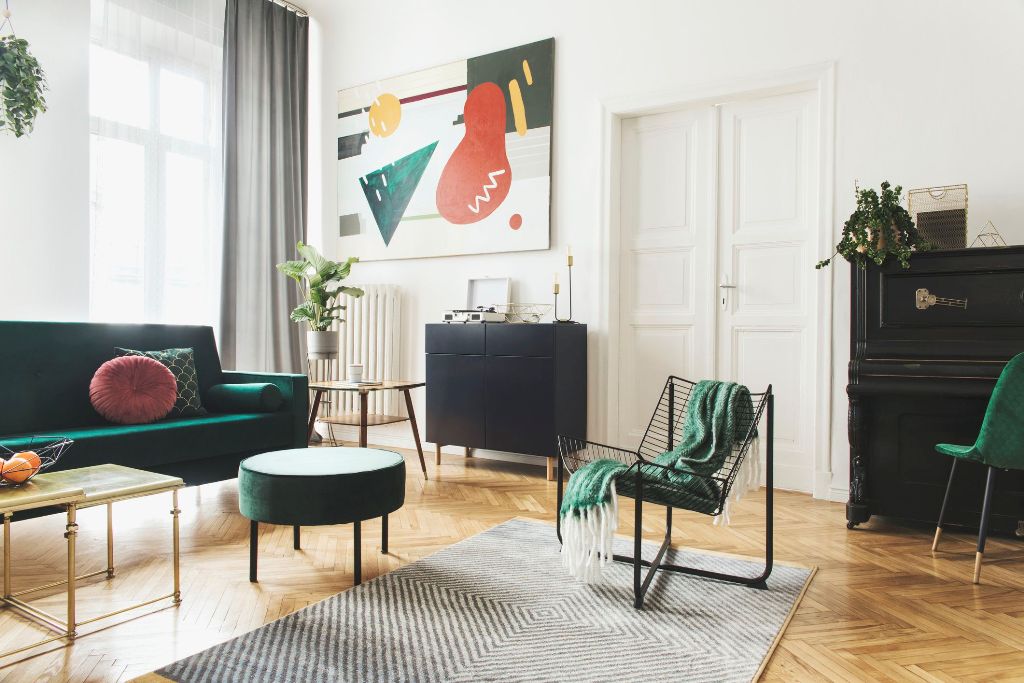


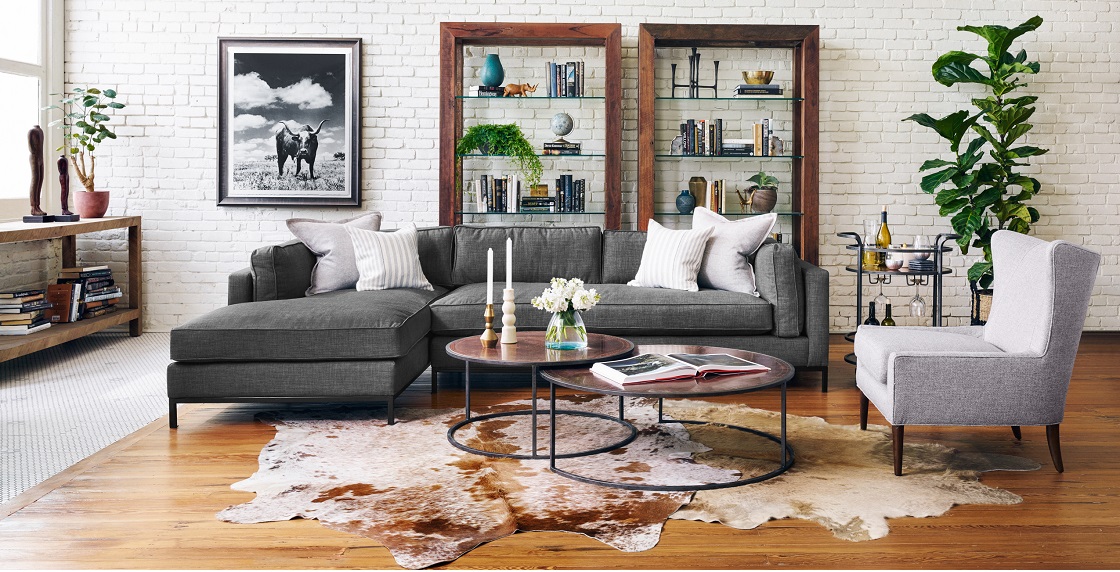
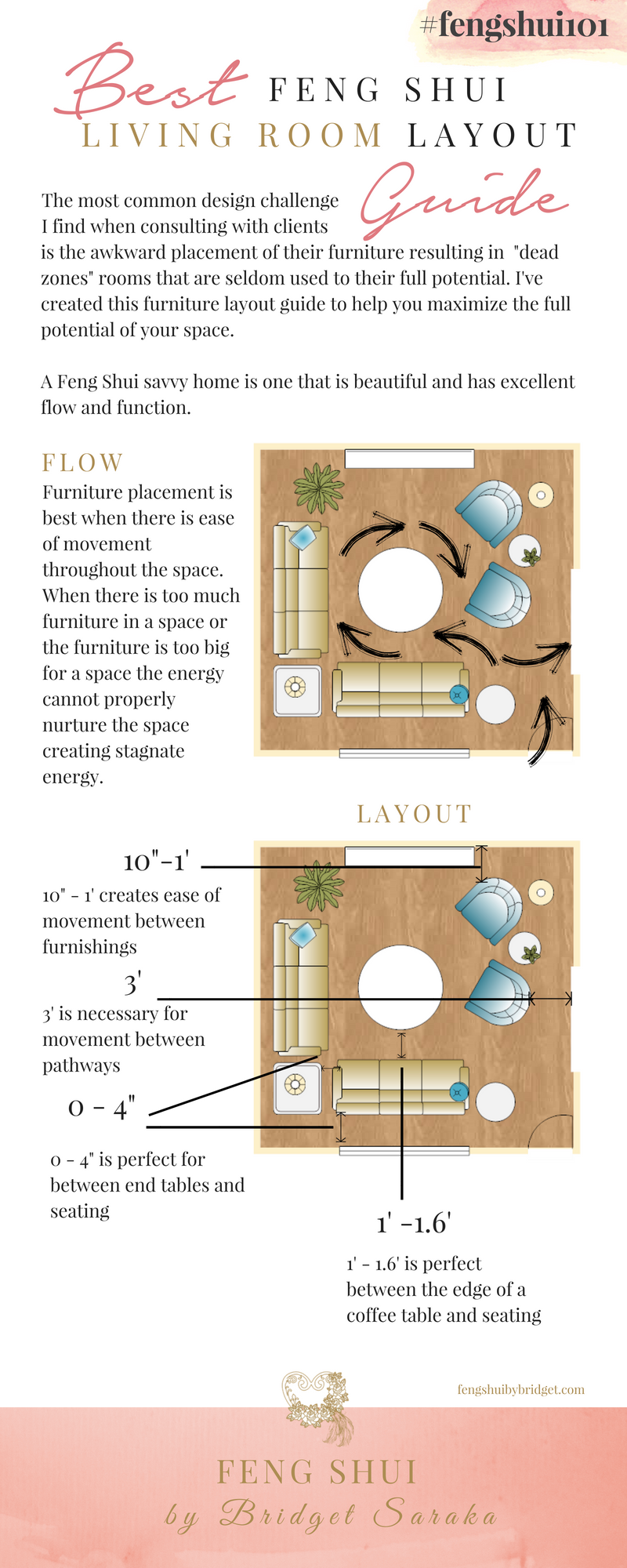



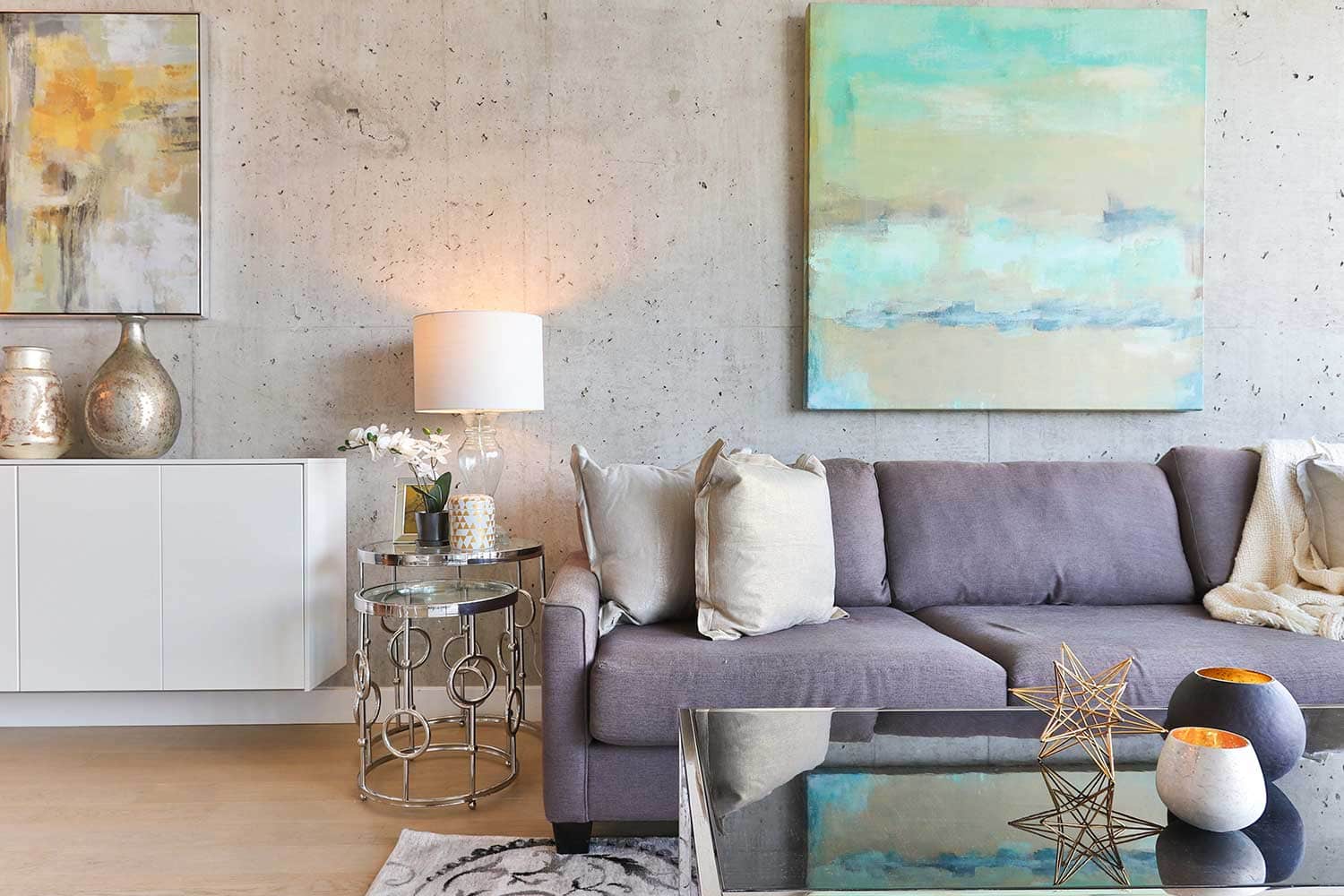
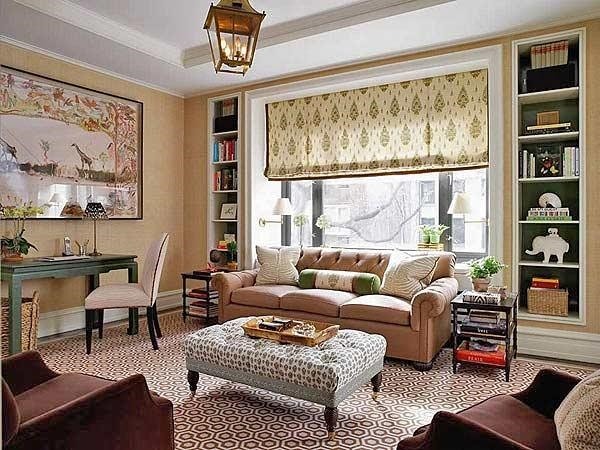

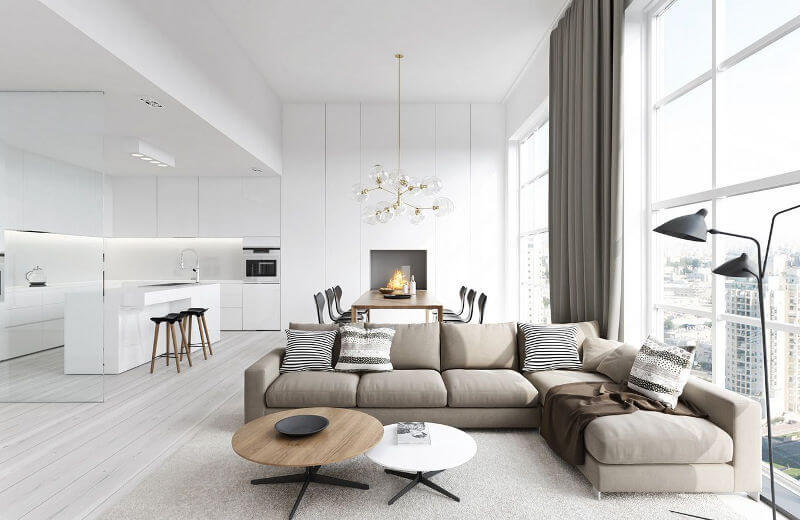
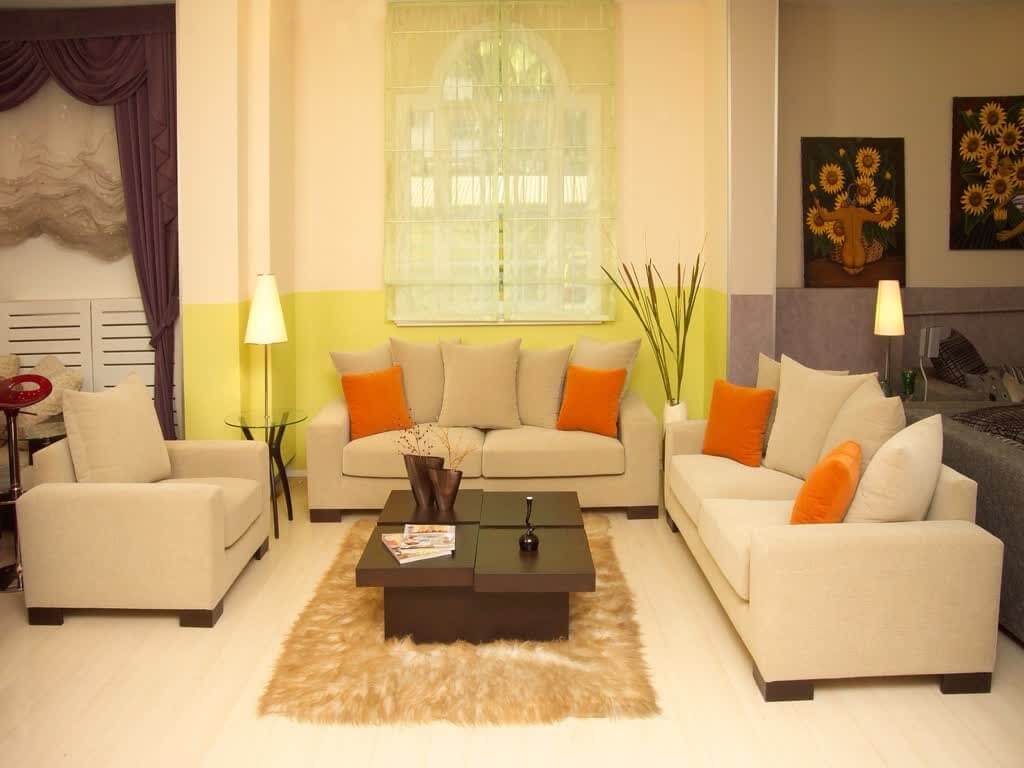




:max_bytes(150000):strip_icc()/GettyImages-1156011692-dd3354f984884054adec618e43903f8a.jpg)


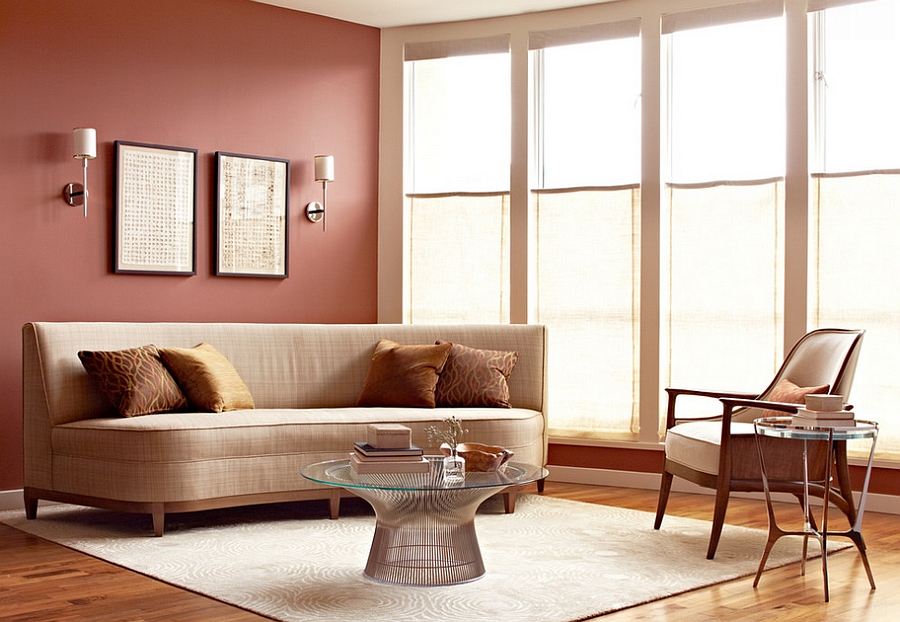



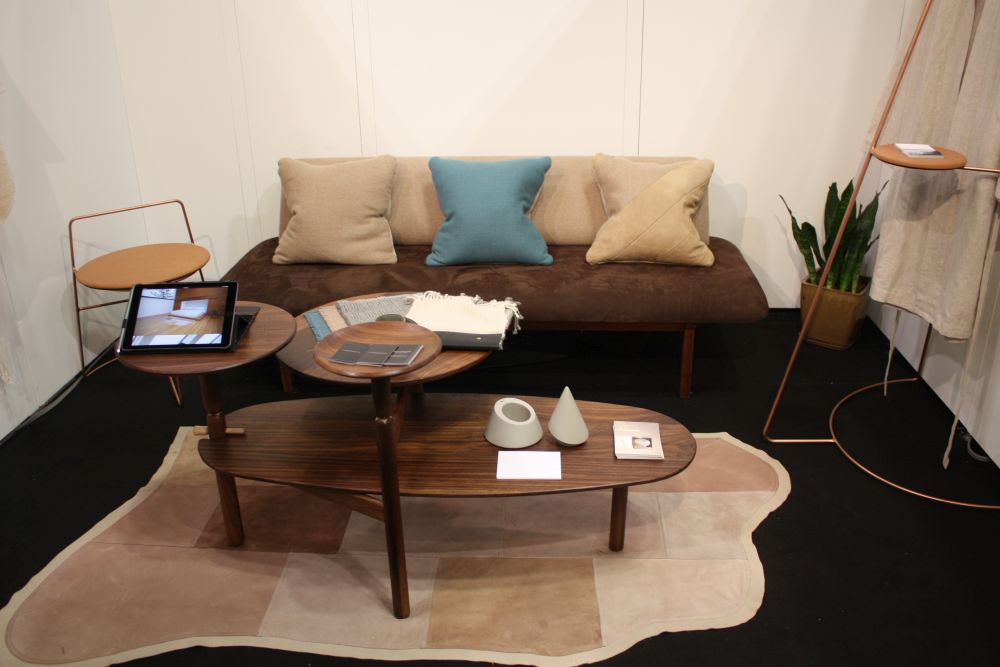
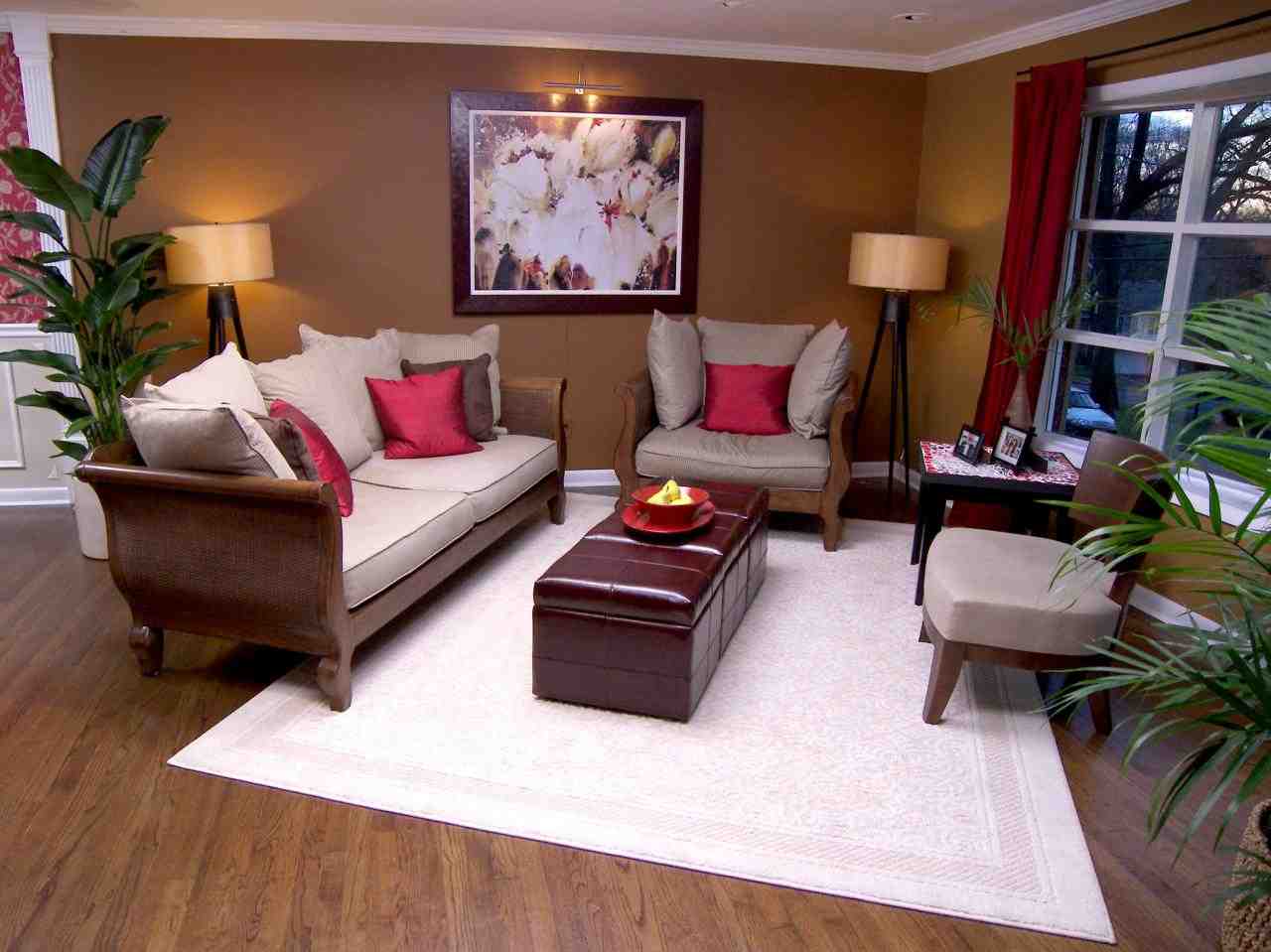

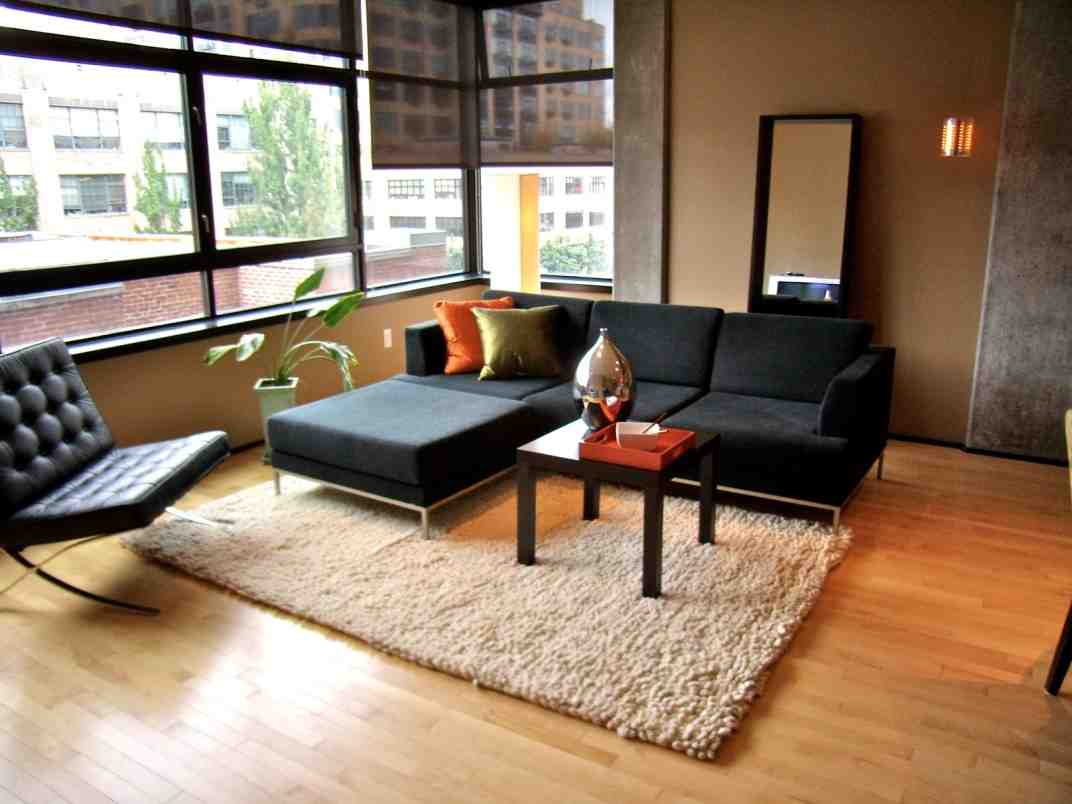

/GettyImages-1093510322-bdcf13ae33e74480934cf9b0e6658e3a.jpg)
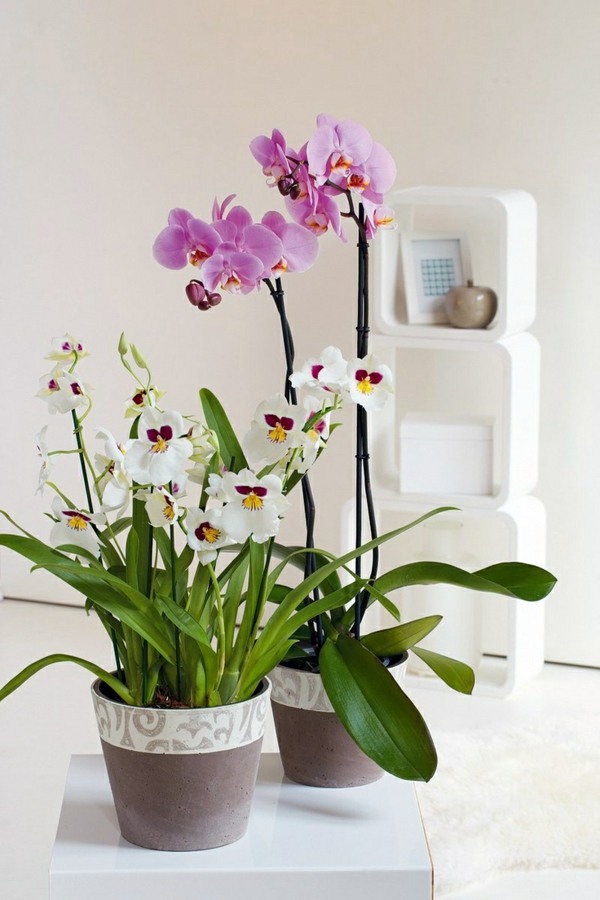
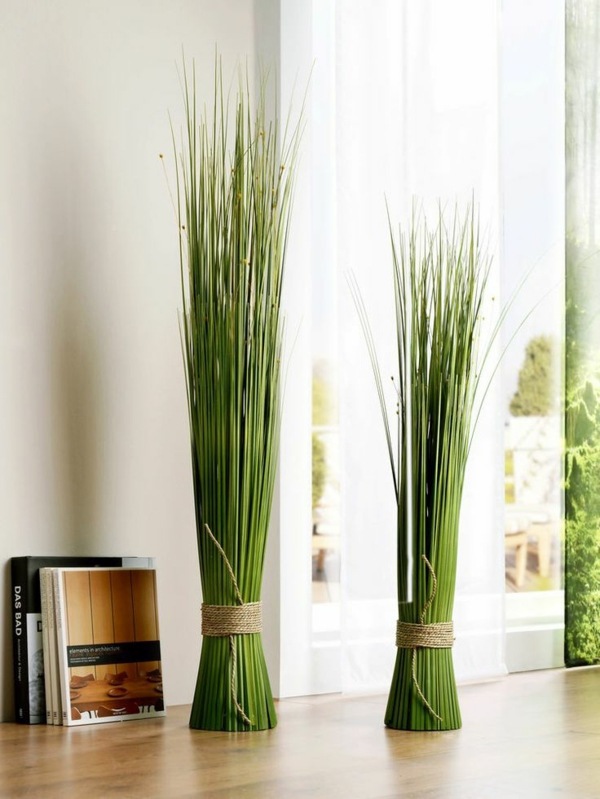



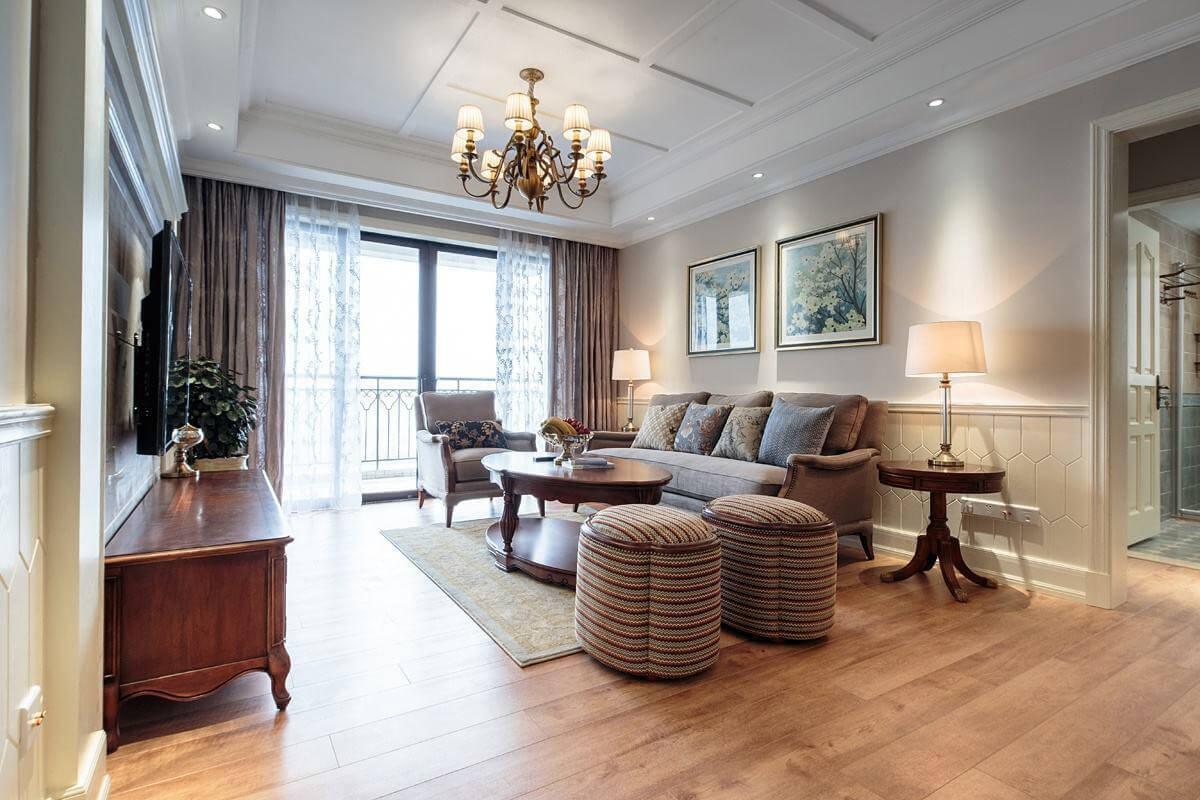

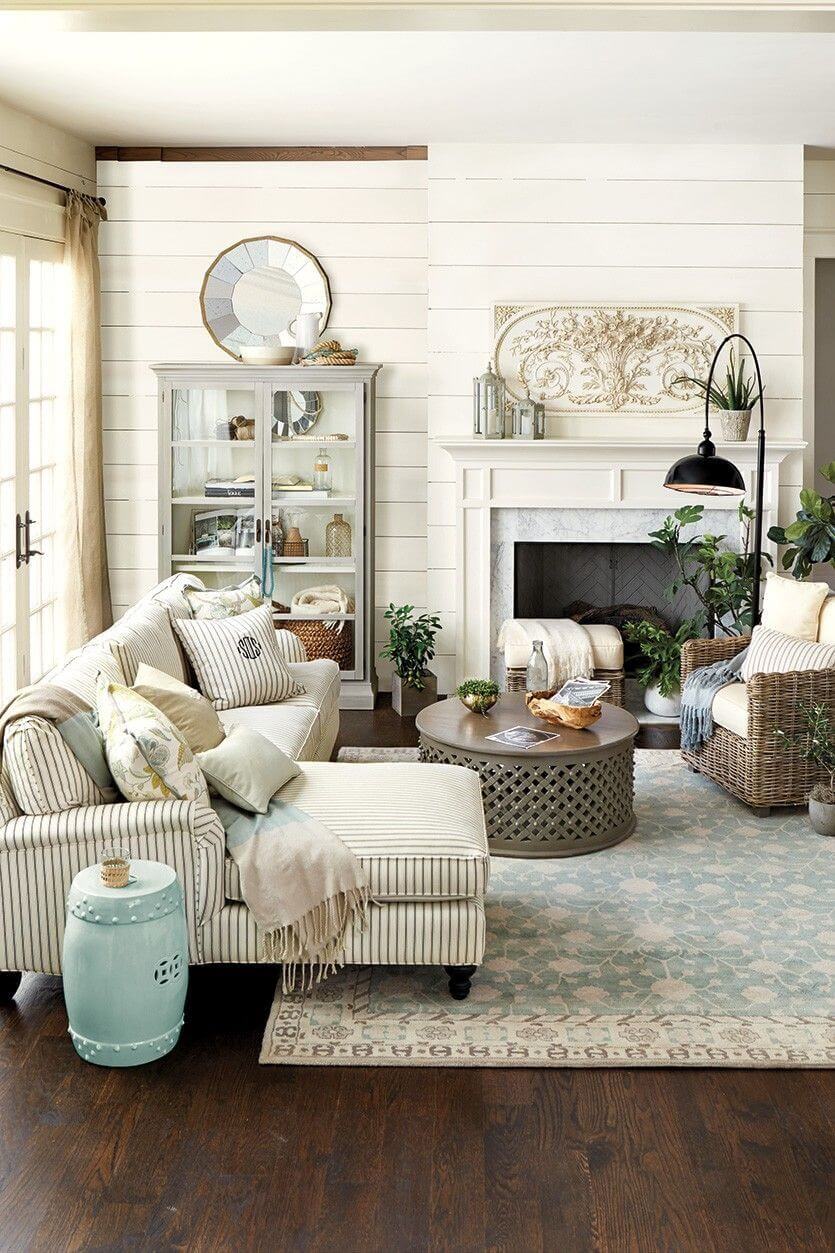







/Living-room-mirror-GettyImages-530358968-58b8be143df78c353c14eae5.jpg)
